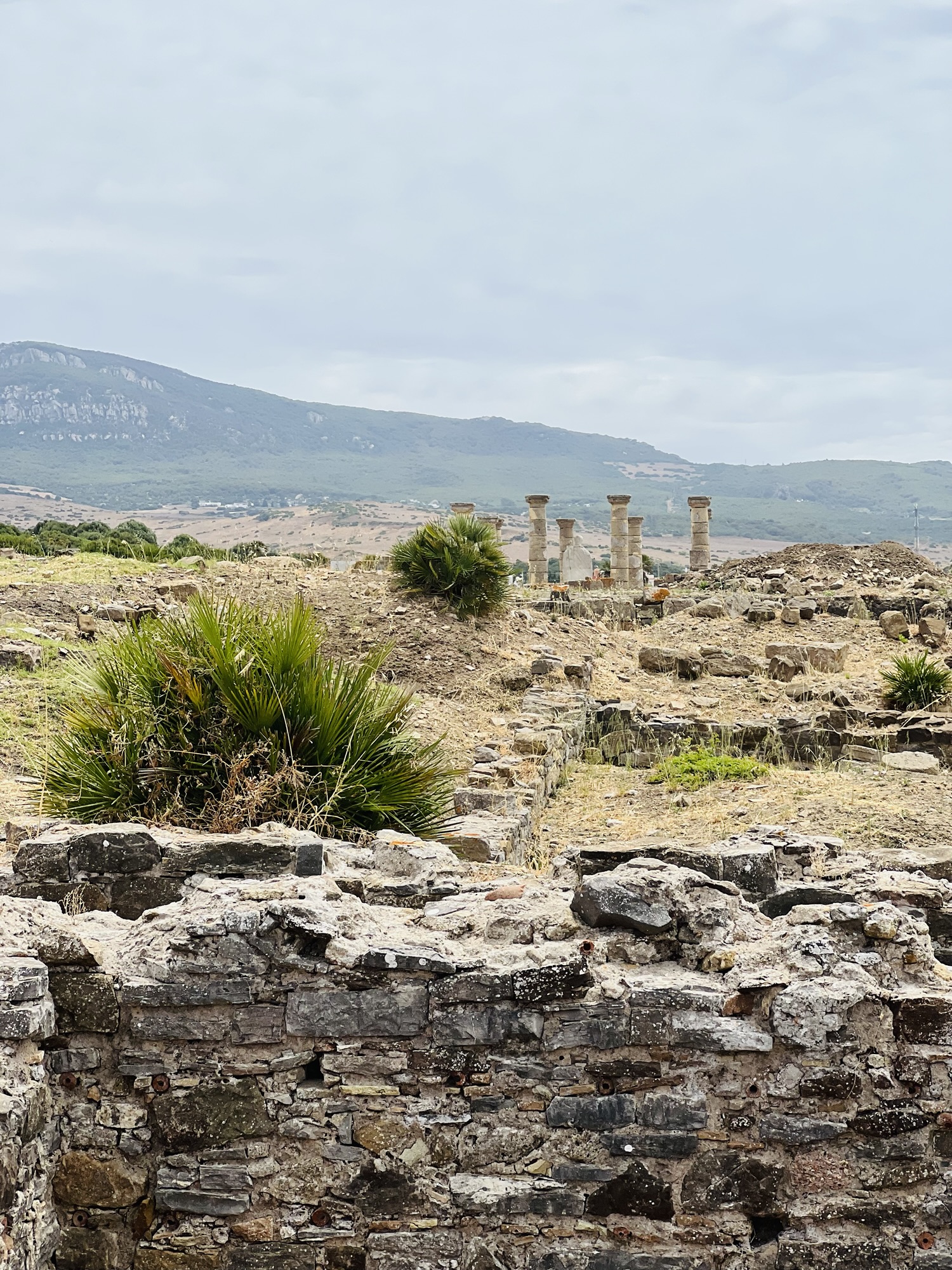1. What is fish fermentation?
More than 2,000 years ago, the Romans used a clever method to preserve fish and turn it into a rich, tasty sauce: they fermented it. This meant mixing fish parts with salt and letting them sit in the sun until a flavorful liquid formed. This sauce was called Garum.
2. Why Bolonia?
Bolonia, on Spain’s southern Atlantic coast, was perfect for this process. In Roman times, it was the town of Baelo Claudia, and it had:
- Plenty of tuna, sardines, and mackerel in the sea
- Nearby salt flats
- Sunny, warm weather all year
- A port to ship the finished product across the Roman Empire
3. How did the Romans do it?
They mostly used fish parts that weren’t eaten directly: heads, bones, guts – all full of natural enzymes.
Here’s how it worked:
- 🧂 Fish scraps were mixed with coarse sea salt
- 🪣 They were placed in stone tanks or clay jars
- 🌞 Left in the sun for weeks or months
- ⏳ Over time, a liquid rose to the top
- 🍶 This liquid was collected and called Garum
What remained at the bottom was called Allec and was often used by poorer families.
4. Why did they use Garum?
Garum was as common in Roman cooking as salt or ketchup is today. People added it to meat, vegetables, soups – even fruit and wine!
It was also:
- Long-lasting without refrigeration
- Full of protein and minerals
- Easy to transport in sealed amphorae
5. What can you still see in Bolonia today?
If you visit Bolonia today, you can still find:
- Large stone tanks where the fish was fermented
- Remains of warehouses and amphorae
- A museum with Roman artifacts and history
Bolonia is one of the best-preserved sites of Roman fish processing.
Conclusion
The Romans of Bolonia turned leftover fish, salt, and sunshine into a valuable sauce loved across the Empire. Today, Garum is seen as the ancestor of Asian fish sauce or Worcestershire sauce.
